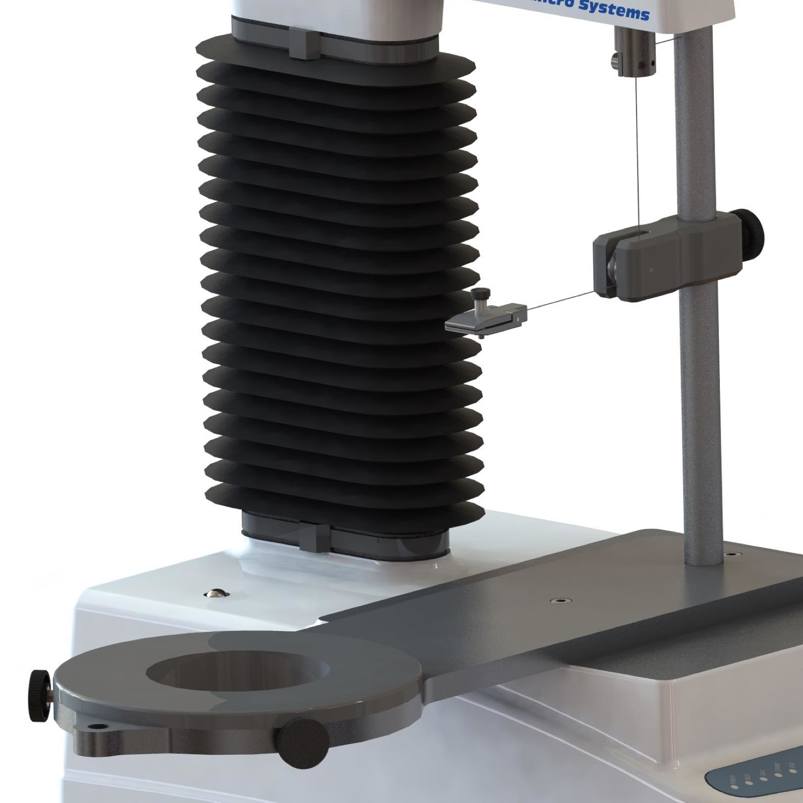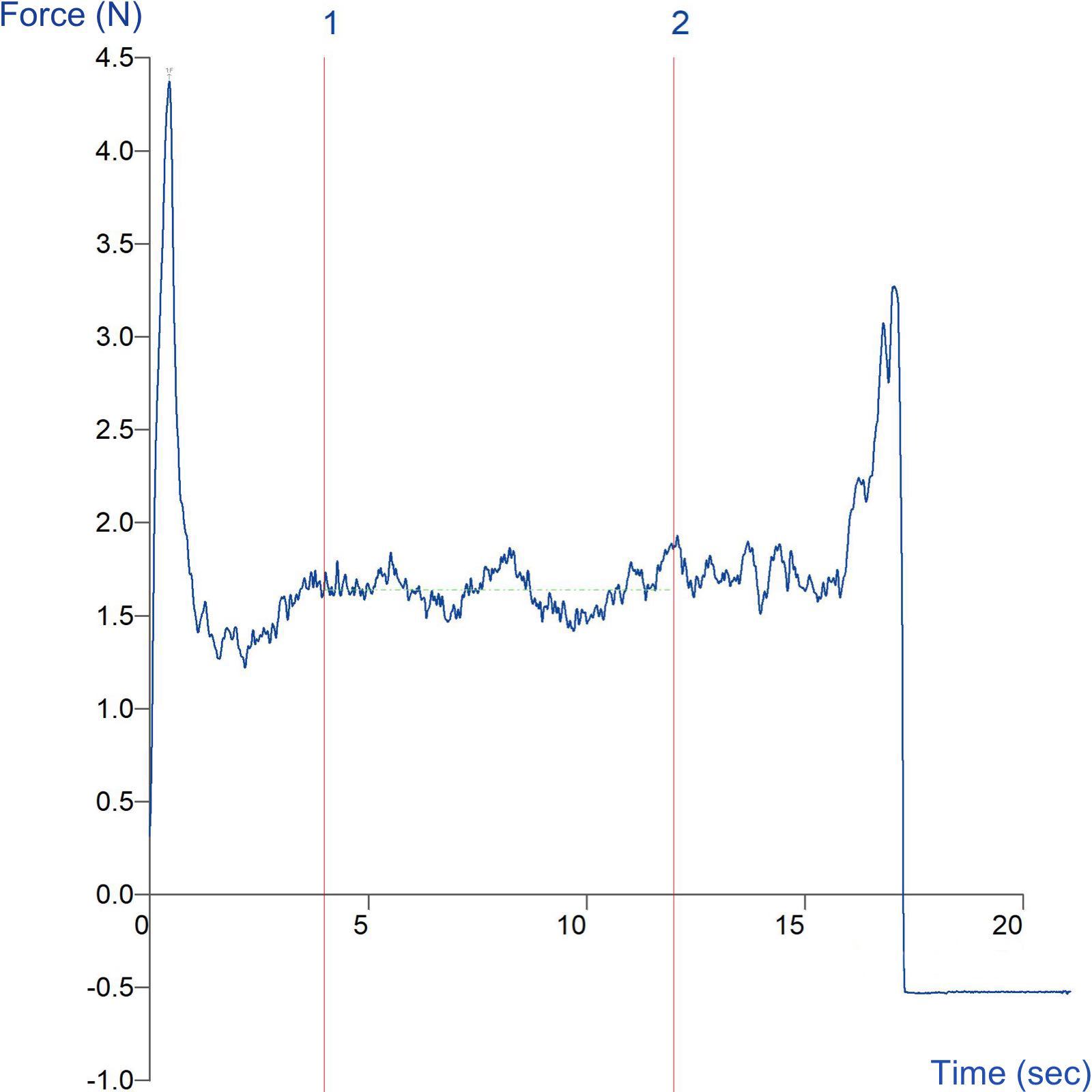Product overview
Not only are the texture and physical appearance of products crucial for achieving aesthetic appeal and optimal functionality – other factors concerning their look and feel can dictate their popularity. The packaging of a product can have a profound influence over purchasing decisions. Catchy names and bright colours are part of the attraction but packaging that performs the essential preservation function and is easy to use or open is also a key persuasion.
Peel Strength Test Rigs are designed to enable an angled pull test to measure the peel strength of the sealed tops of, for example, cream, yoghurt, ready meal and similar product containers. Two sizes of rig are available. The A/PL Peel Strength Test Rig enables an angled pull test to measure the peel strength of product containers. It provides an adjustable peel action measurement (for such tests as 45 or 90 degree peel) and accommodates pots up to 120mm diameter.
A carrier plate is mounted on to the base of the Texture Analyser so that a pulley and captive wire are located precisely below the Load Cell. One end of the wire is connected to the Load Cell and the other end is free to attach to the pull-tab on the container at an approximate constant angle. The container is held in an insert mounted on the carrier plate which provides an exact fit for the container. The force to peel off the sealed lid of the packaging container is measured.
Inserts of any shape are made to order for each container.
Ideal sample form
Containers that can be gripped in order to peel off their lids.
Benefits and limitations
- Sample holders are made to order and are therefore specific to the support of each sample pot.
- The A/PL rig will accommodate pots up to 120mm diameter.
Optional extras
Extra Peel Strength Insert for A/PL – A/PLI
Non-circular inserts available to special order
Technical information
Installation
Full installation instructions are provided within the Education Zone of the latest Exponent/Connect software version and on the technical information sheet accompanying this product.
Chemical compatibility
Stable Micro Systems probes and attachments are commonly made from four materials: anodised aluminium (AA6082 T6), stainless steel (316 T), Delrin (acetyl copolymer) and Perspex (polycarbonate).
In general use, probes and attachments made from these materials will be suitable for testing food products and inert non-food materials.
The four materials listed above are not universally resistant to all types of chemicals and as such the compatibility of the probe/attachment material with the product (to be tested) must be established to prevent damage to the probes and attachments. If the compatibility of the product with the probe is unknown to the customer then the chemical information about the product (Material Safety Data Sheet or Product Data Sheet) should be submitted to Stable Micro Systems. Stable Micro Systems will then assess the suitability of the probe/attachment material for use with the product and advise accordingly. If this advice is not sought then Stable Micro Systems will not accept liability for probes/attachments damaged by chemical attack from the product being tested.
Cleaning and maintenance
All probes and attachments may be cleaned in warm (or hand hot) water using a mild detergent. A soft brush may be used but abrasive cleaning aids should be avoided. Stable Micro Systems products should not be microwaved or cleaned in a dishwasher.
Screw threads should be lightly lubricated after drying using a light lubricant, e.g. petroleum jelly, mineral oil. This will aid the fitting and unscrewing of the item. Each component of a probe or attachment should be wrapped separately when stored, to avoid scratching or chipping. This will safeguard against any unnecessary damage to the accessory.


